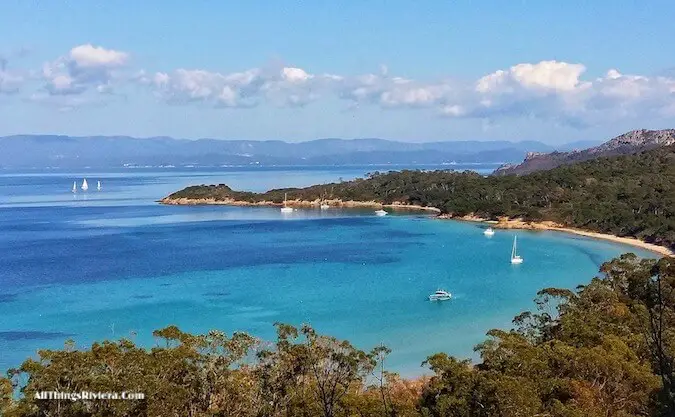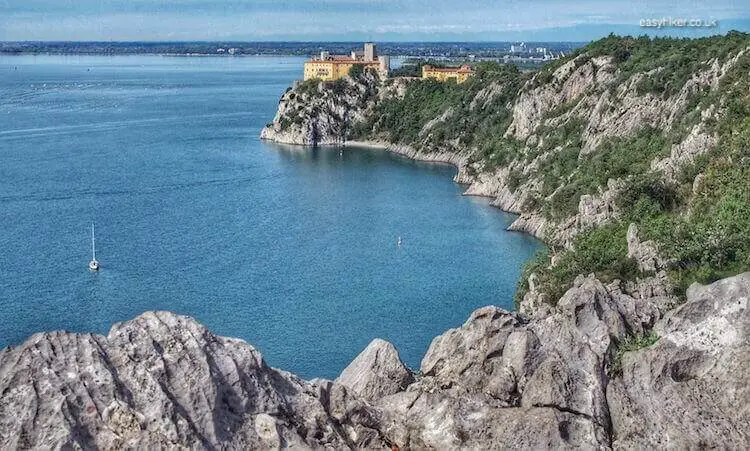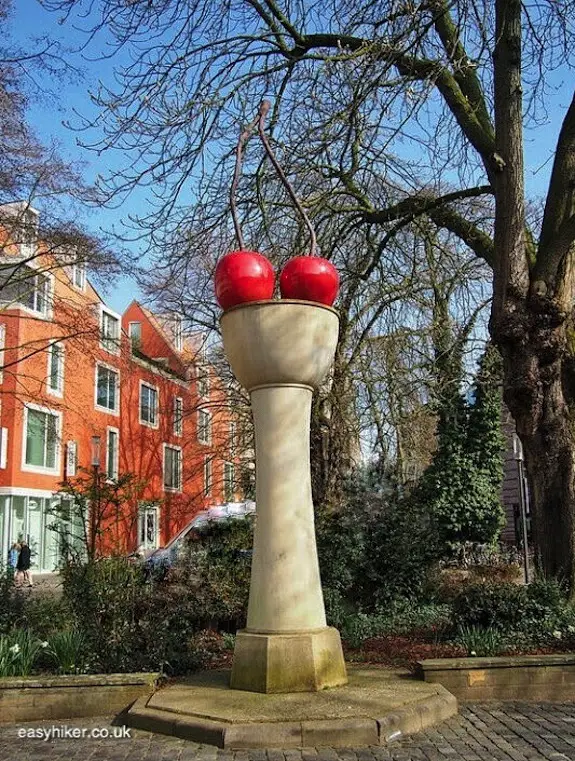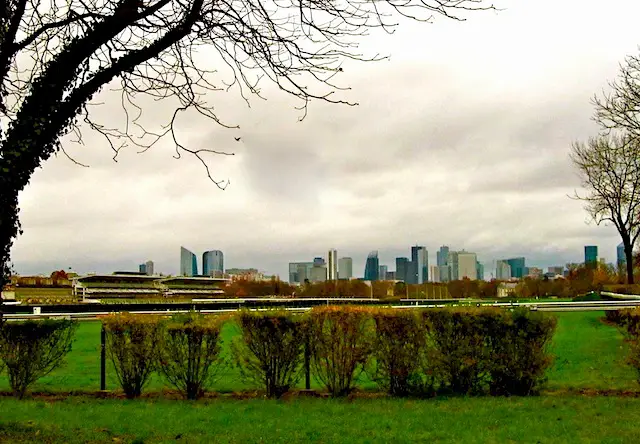Livorno has a bad reputation. It is the third largest city in Tuscany and the province’s “gateway to the Mediterranean“ (as the biggest city and largest port on the Tuscan coast).
You will rarely find it being mentioned in the same breath as Lucca or Arezzo, the leading lights in the second or “worth a detour“ division of the local tourism league, never mind the “must-see“ champions such as Siena or Florence.
This neglect, it must be said, is not entirely without reason. Livorno consists mainly of new buildings that were erected in a post-WWII haste after much of the city had been destroyed in the allied shelling of the harbour.
On the other hand, Livorno can also look back to a long and rich history, much of which is reflected in the Old Town’s structure. Livorno is full of charm if you know where to look – and don’t mind the odd bit of rough.

Above all, however, Livorno has something that is, if not quite unique, then at least very rare: a canal system around the Old Town, which used to serve partly as a moat and partly as a commercial highway and which today makes for a highly entertaining and interesting 90-minute-walk around the historic city centre.
Experiencing the Rugged Charm of the Livorno Canal
Start on the eastern side of the 16th century fortress, the Fortezza Nuova, …

… and proceed from Piazza Garibaldi (the large and empty town square with a statue on either side) into Via degli Avvalorati for a front view of the town’s fortifications …

… which were built in the 16th century by the Medicis as part of their plan to develop Livorno’s harbour.
The Florentines had purchased Livorno some years before with the objective of turning this – at the time – relatively small town into their gateway to the Mediterranean trade routes.
Do not miss the opportunity of crossing over to the fortress for a look at the old military installations.

Continue alongside the Livorno canal …

… on the way to the modern sea harbour that will soon loom over the horizon …

… and to the Vecchia Fortezza whose history reaches back to antiquity.

The present fortress, however, was largely designed by military architects from Pisa – a major maritime power throughout the Middle Ages – and later strengthened by the Genoese as well as, eventually, the Florentines.
Livorno’s harbour may have changed hands many times but – unusually for the times – in commercial agreements rather than battles.
This is also why so much of the historic installations – both vecchio (old) and (nominally) nuovo – are still standing.

Turn to the left now for Livorno’s most famous monument, the Four Moors statue, which, despite appearances, is not a celebration of colonialism or a monument to racial bigotry …

… but a memorial to commemorate the triumph of Fernando I dei Medici over the pirates who had made the Mediterranean so unsafe for both seafarers and coastal dwellers throughout the Middle Ages and the early modern period.
Turn left into Scali Manzoni on the bank of the Livorno canal and continue over the bridge …

… past Livorno’s main indoor market – the Mercato Centrale – which, with its delivery platform on the water level, nicely illustrates the enduring commercial importance of the canal.

This platform, however, is only one among many testimonies of the canal’s rich and multi-faceted history.
All along the route, you will be reminded of the significant role that the canal has played in Livorno’s military and, above all, commercial activities.

At the same time, of course, you will not fail to notice that the citizens of modern-day Livorno have opted to use their canal for an entirely different purpose.
In fact, you do not even have to walk along the banks of the Livorno canal for an hour or two: just by looking at the photos above, you will be able to tell that the canal has been essentially converted into a parking lot for leisure boats and small yachts, largely owned – I suspect – by wealthy Florentines.

Which neatly illustrates Livorno’s centuries-old survival strategy: throughout its history, the city has often been pushed around and strong-armed by its richer and more powerful neighbours, but always picked itself up and made the best of whatever hand it may have been dealt. This resilience, too, is part of Livorno’s rugged charm.






